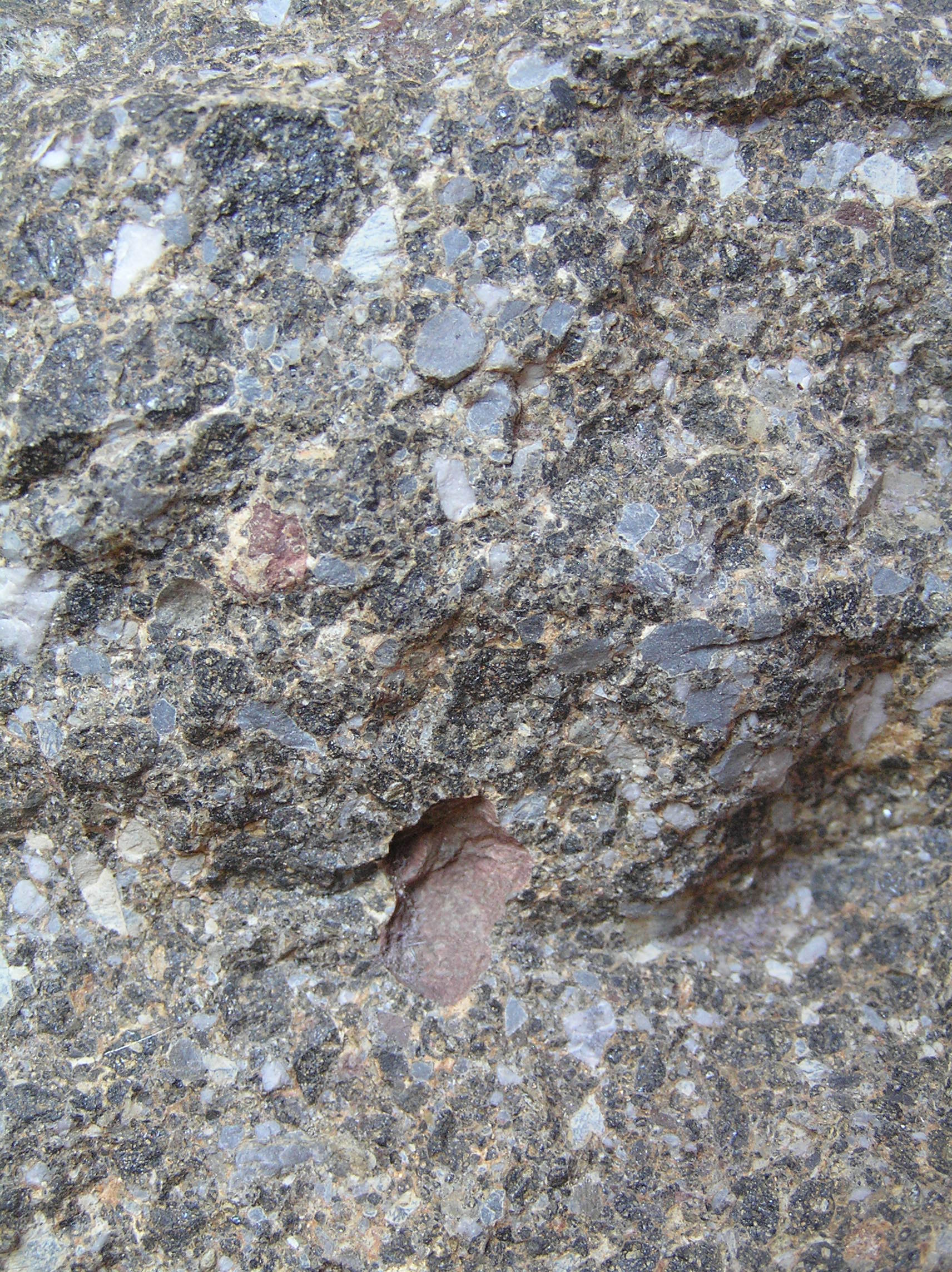Tuffite on:
[Wikipedia]
[Google]
[Amazon]
 Tuffite is a tuff containing both
Tuffite is a tuff containing both
pyroclastic
Pyroclastic rocks (derived from the el, πῦρ, links=no, meaning fire; and , meaning broken) are clastic rocks composed of rock fragments produced and ejected by explosive volcanic eruptions. The individual rock fragments are known as pyroc ...
and detrital materials, but predominantly pyroclasts.
According to IUGS
The International Union of Geological Sciences (IUGS) is an international non-governmental organization devoted to international cooperation in the field of geology.
About
The IUGS was founded in 1961 and is a Scientific Union member of the Inte ...
definition tuffite contains 75 to 25% volcanic (epiclastic) material.
There are several classifications that define tuffite. The classification present in the IUGS recommendation are based on the definition established by Schmid (1981). Shvetsov defined tuffites as rocks containing 50 to 90% of the volcanic fragments. Tuffite should therefore contain more than half of volcanic material. If rock contains more than 75 to 90% of pyroclastic material it is referred to as tuff. Some other, mostly older sources state that tuffite may contain 10 to 50% volcanic material. (in Czech)
The adjective ''tuffitic'' is used for sediments containing less than 25% volcanic fragments.
A tuffite consists of angular and/or rounded fragments of effusive rock
Volcanic rock (often shortened to volcanics in scientific contexts) is a Rock (geology), rock formed from lava erupted from a volcano. In other words, it differs from other igneous rock by being of Volcano, volcanic origin. Like all rock types, ...
s and their minerals, also may contain volcanic ash, pumice and clay minerals
Clay minerals are hydrous aluminium phyllosilicates (e.g. kaolin, Al2 Si2 O5( OH)4), sometimes with variable amounts of iron, magnesium, alkali metals, alkaline earths, and other cations found on or near some planetary surfaces.
Clay mineral ...
. Nonvolcanic material may consist of terrigenous, chemical precipitates or organogenic components. Quartz or mica
Micas ( ) are a group of silicate minerals whose outstanding physical characteristic is that individual mica crystals can easily be split into extremely thin elastic plates. This characteristic is described as perfect basal cleavage. Mica is ...
and an admixture of carbonates, siliceous rock fragments or organic remains may be common.
References